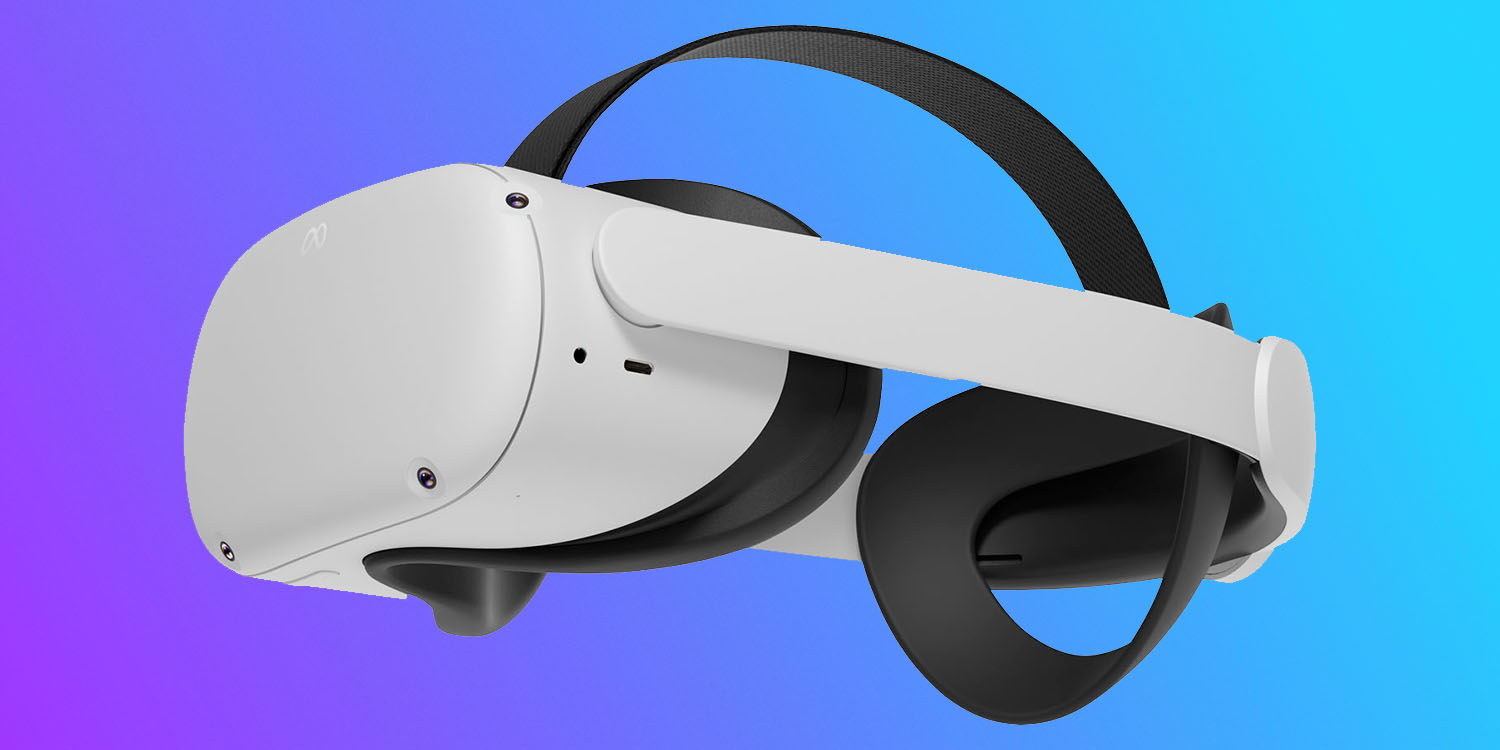
Apple’s decision to use tethered Vision Pro batteries raised a few eyebrows when the upcoming product was announced, with the decision apparently made to reduce the weight of the headset.
However, the company was concerned that the front-heavy weight balance of the device could cause neck strain, and a new Apple patent application puts forward a potential solution – which borrows from a Meta Quest headset accessory shown above …
Vision Pro batteries
When Apple first announced Vision Pro back in June, it let selected media representatives try it out for themselves – including our own Chance Miller – and he raised the weight of the headset as a potential concern when using it for longer sessions.
Apple took two decisions to try to minimize the problem. First, it made the device as small as possible, at the cost of not allowing room for eyeglasses. Second, the headset is plugged into a a separate, tethered battery pack – a decision some felt wasn’t very consistent with the company’s minimalist design philosophy.
Even so, Apple was still concerned that the front-heavy center of gravity could be a problem.
Rear counterweight proposed
One possible solution Apple has explored was described in a patent granted last month: adding a rear counterweight.
While this would of course increase the overall weight of the headset, it would create a better weight-balance.
A significant part of the issue is not the weight itself, but rather the weight distribution. Most of the tech – and thus most of the weight – is at the front of the headset, exerting downward pressure at the front. Resisting that pressure is a key source of neck fatigue.
What the patent proposes is a rear counterweight, to create a more neutral center of gravity.
Head-mounted battery plate
I noted at the time that I’d bought a Meta Quest 2 accessory comprising a more comfortable headband with a rear-mounted supplementary battery.
The front-heavy weight balance meant that I constantly felt like my head was being pulled forward and down. Not massively, but enough that it became irritating after around 30-40 minutes of use.
Meta does have a solution to this, in the form of the Quest 2 Elite Strap. This is a more comfortable strap generally, cradling the back of your head, but also includes a second battery in the rear section. While this does makes the complete unit heavier, the more even weight distribution still improves comfort (as well as doubling battery-life from around two hours to about four).
What the latest Apple patent application describes is essentially borrowing this idea from Meta – but instead of a fixed battery, there is a battery mount to which you can attach swappable batteries.
Patently Apple spotted it.
Apple’s European patent filing relates to a mount that is attachable to a support, such as a headband or retention band, of a head-mountable device (HMD). The disclosed mount solves fundamental challenges faced by conventional HMDs by providing at least the following advantages. Firstly, the mount allows an accessory, such as an auxiliary battery, to be conveniently attached to the HMD. Secondly, the mount addresses the problem of an unbalanced weight distribution experienced by a user while wearing the HMD. Thirdly, the mount can include a cable management system or cable organizer that retains a cable or wire, thereby eliminating or reducing slack in the cable.
Photo: Meta
FTC: We use income earning auto affiliate links. More.





Comments